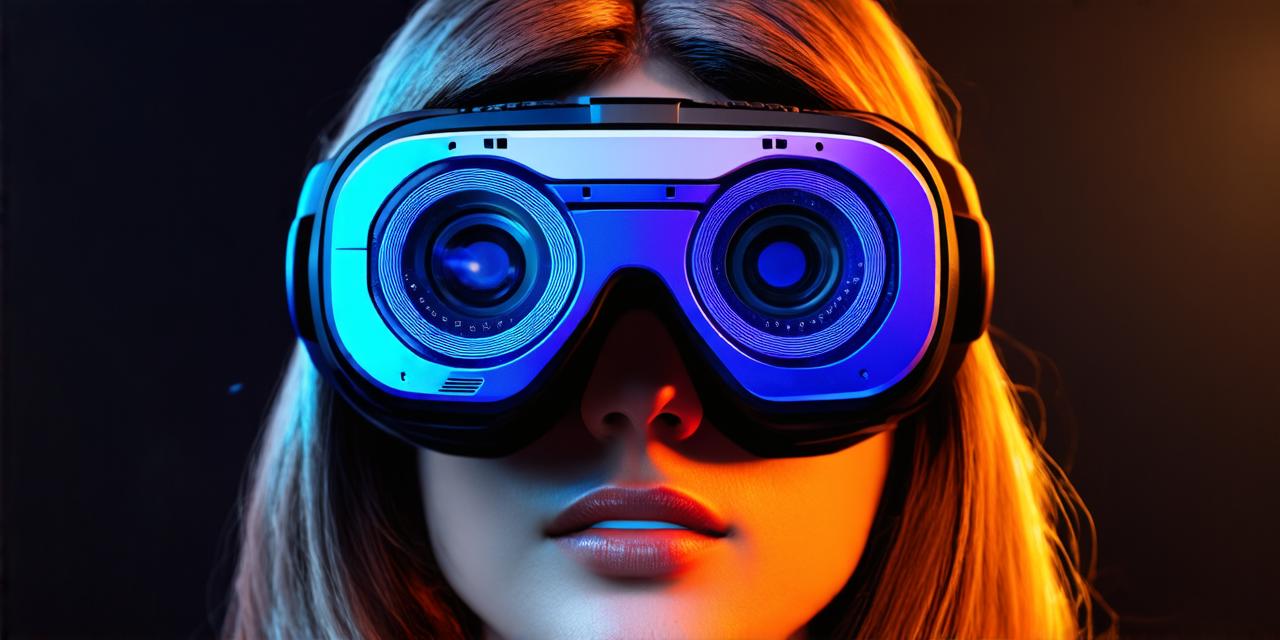
When will virtual reality become accessible?
The virtual reality (VR) industry is rapidly growing as technology advances, making VR more accessible to consumers. With the COVID-19 pandemic forcing many people to work from home or study remotely, VR has become increasingly important for remote work and learning experiences.
What is Virtual Reality?
Virtual reality is a technology that allows users to experience a computer-generated environment as if they were physically present in the real world. It typically involves wearing a headset and holding controllers, which track the user’s movements and translate them into the virtual environment. VR can be used for gaming, education, training, therapy, and more.
Accessibility of Virtual Reality
One of the main challenges with VR is its high cost. While prices have come down in recent years, a good-quality VR system can still cost thousands of dollars. Additionally, VR requires a powerful computer or gaming console to run smoothly, which can be a barrier for many people.
Another challenge is accessibility for those with disabilities. For example, some VR systems may not be compatible with assistive technologies such as screen readers or haptic feedback devices. There are also concerns about motion sickness and other health effects of prolonged use of VR, which can make it difficult for people with certain conditions to use the technology safely.
Virtual Reality in Remote Work and Learning
Despite these challenges, virtual reality has become increasingly popular in recent years, particularly as a tool for remote work and learning. With VR, students can take virtual field trips to museums, historical sites, or other locations without leaving their classrooms. Remote workers can use VR to simulate in-person meetings or collaborate on projects with colleagues who are located elsewhere in the world.

One example of this is the use of VR for medical training. Students can use VR simulations to practice surgical procedures, allowing them to gain hands-on experience without risking patients’ lives. Similarly, pilots can use VR simulations to practice flying, providing a safe and controlled environment for learning.
Virtual Reality in Therapy
Virtual reality is also being used as a tool for therapy. For example, PTSD sufferers can use VR to expose themselves to triggering situations in a controlled environment, allowing them to process their experiences and overcome their fears. Similarly, patients with anxiety or depression can use VR to practice relaxation techniques and other coping strategies.
The Future of Virtual Reality
Despite the challenges, virtual reality is becoming more accessible and affordable every year. As technology continues to advance, we can expect to see more people using VR for work, education, and therapy. Additionally, new applications for VR are being developed all the time, such as in the field of architecture and design.
In conclusion, virtual reality has the potential to revolutionize the way we work, learn, and heal. As technology continues to advance and costs come down, it will become more accessible to everyone. Whether you’re a student, remote worker, or healthcare professional, VR has something to offer for everyone. So stay tuned, because the future of virtual reality is just getting started.


